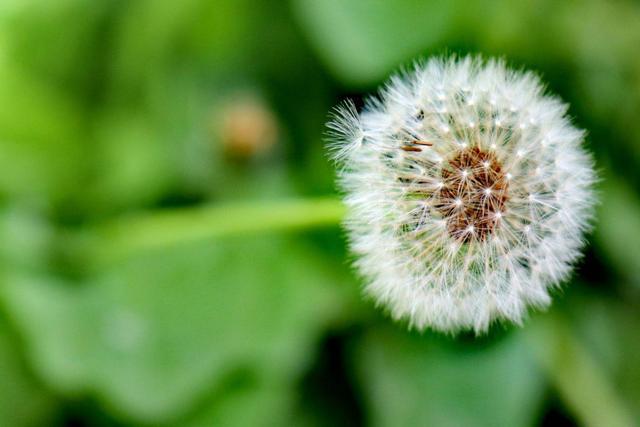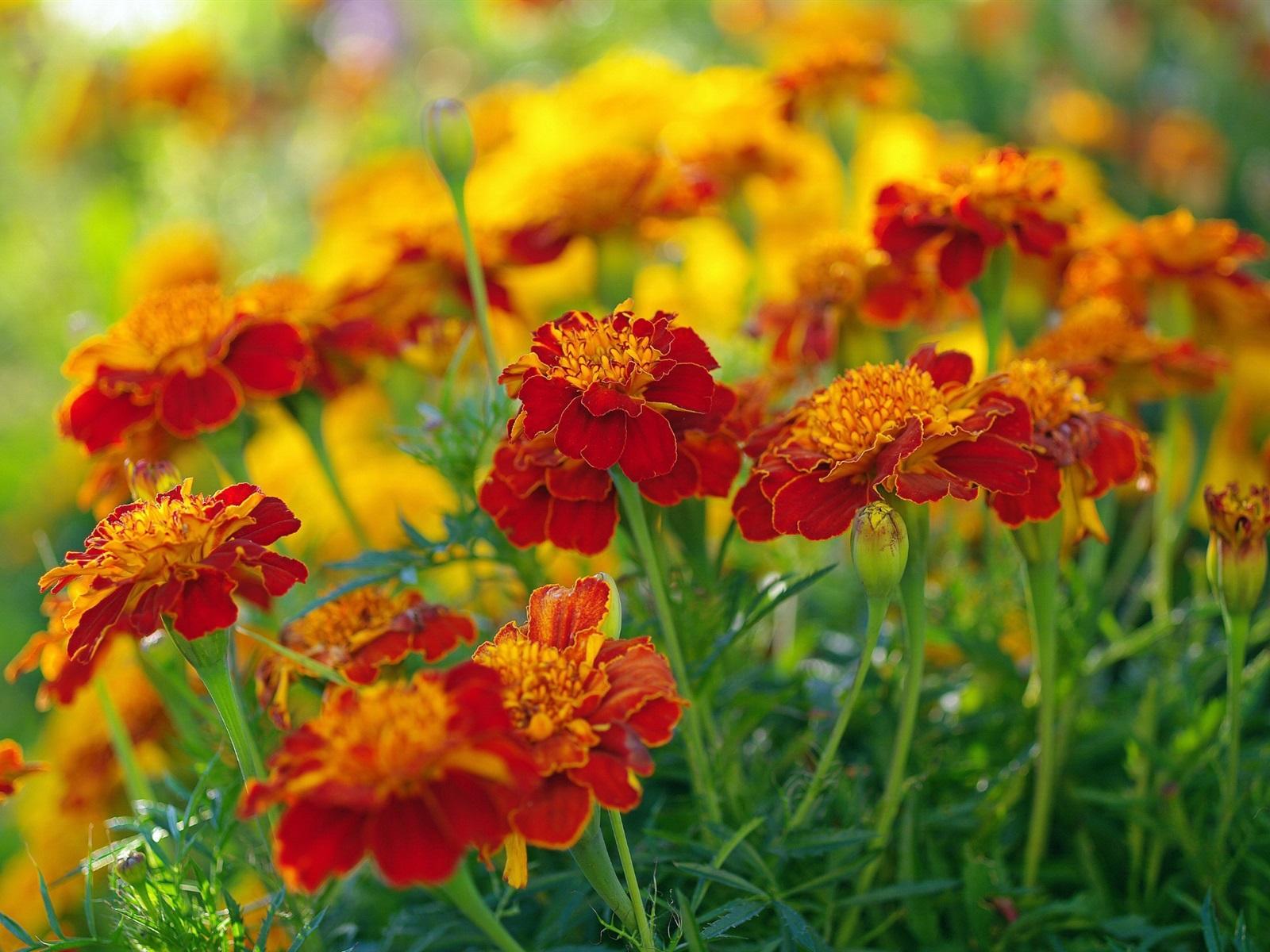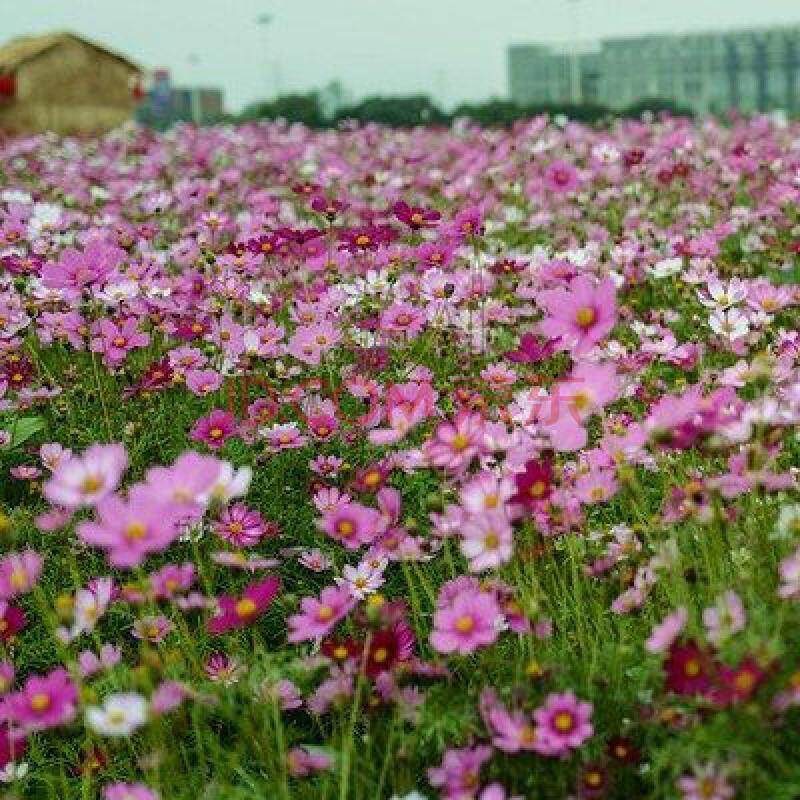Once upon a time, there was a beautiful Begonia plant named Bella. Bella was not your ordinary plant; she had a magical ability to change the color of her flowers based on her mood. Whenever Bella was happy, her flowers would turn a vibrant shade of pink. But whenever she was sad or upset, her flowers would turn a deep shade of blue. Bella became famous in the garden for her mood-altering flowers, and people from far and wide would come to witness her magical transformation. It was a constant adventure for Bella, and her captivating beauty brought joy and wonder to everyone who encountered her.
Picture
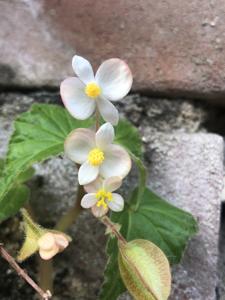
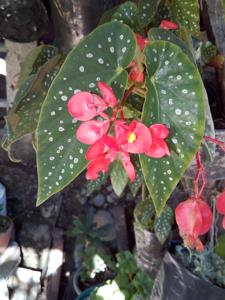
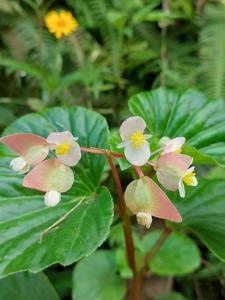
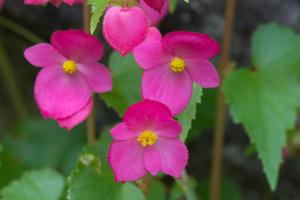
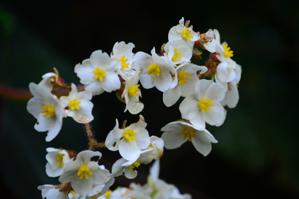
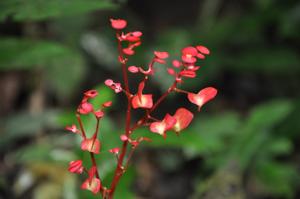
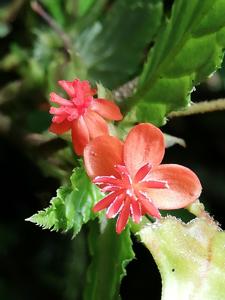
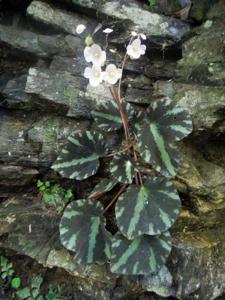
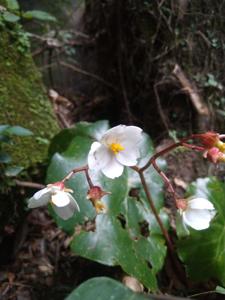
Plant some seeds now!
Short Description
Begonia is a genus of perennial flowering plants in the family Begoniaceae. The genus contains more than 2,000 different plant species. The Begonias are native to moist subtropical and tropical climates. Some species are commonly grown indoors as ornamental houseplants in cooler climates. In cooler climates some species are cultivated outside in summertime for their bright colorful flowers, which have sepals but no petals.
Pink flowering Begonia
Description
With 2,002 species, Begonia is one of the largest genera of flowering plants. The species are terrestrial (sometimes epiphytic) herbs or undershrubs, and occur in subtropical and tropical moist climates, in South and Central America, Africa, and southern Asia. Terrestrial species in the wild are commonly upright-stemmed, rhizomatous, or tuberous. The plants are monoecious, with unisexual male and female flowers occurring separately on the same plant; the male contains numerous stamens, and the female has a large inferior ovary and two to four branched or twisted stigmas. In most species, the fruit is a winged capsule containing numerous minute seeds, although baccate fruits are also known. The leaves, which are often large and variously marked or variegated, are usually asymmetric (unequal-sided).
Cultivation
A potted angel wing begonia (Begonia aconitifolia × B. coccinea)
The different groups of begonias have different cultural requirements, but most species come from tropical regions, so they and their hybrids require warm temperatures. Most are forest understory plants and require bright shade; few will tolerate full sun, especially in warmer climates. In general, begonias require a well-drained growing medium that is neither constantly wet nor allowed to dry out completely. Many begonias will grow and flower year-round except for tuberous begonias, which usually have a dormant period. During this dormant period, the tubers can be stored in a cool, dry place. Begonias of the semperflorens group (or wax begonias) are frequently grown as bedding plants outdoors. Wax begonias are very attractive, they adapt well when brought inside the house for overwintering and can live up to 4-5 years.
A recent group of hybrids derived from this group is marketed as “Dragonwing” begonias; they are much larger both in leaf and in flower. Tuberous begonias are frequently used as container plants. Although most Begonia species are tropical or subtropical in origin, the Chinese species B. grandis is hardy to USDA hardiness zone 6 and is commonly known as the “hardy begonia”. Most begonias can be grown outdoors year-round in subtropical or tropical climates, but in temperate climates, begonias are grown outdoors as annuals, or as house or greenhouse plants.
Most begonias are easily propagated by division or from stem cuttings. In addition, some can be propagated from leaf cuttings or even sections of leaves, particularly the members of the rhizomatous and rex groups.
Horticultural nomenclature
Plum Paisley Begonias in a greenhouse.
The nomenclature of begonias can be very complex and confusing. The term ‘picotee’ refers to edging on the petals that is in contrast to the color of the main petal if the colors blend. If they do not, then the term ‘marginata’ is used, but sometimes these terms are used simultaneously. ‘Non-Stop’ refers to a camellia tuberous hybrid that under certain conditions will bloom ‘non-stop’ all year round.
Cultivar groups
Display of (tuberous) begonias, Hampton Court Flower Show
Because of their sometimes showy flowers of white, pink, scarlet, or yellow color and often attractively marked leaves, many species and innumerable hybrids and cultivars are cultivated. The genus is unusual in that species throughout the genus, even those coming from different continents, can frequently be hybridized with each other, and this has led to an enormous number of cultivars. The American Begonia Society is the International Cultivar Registration Authority for Begonia, and classifies them into several major groups:

